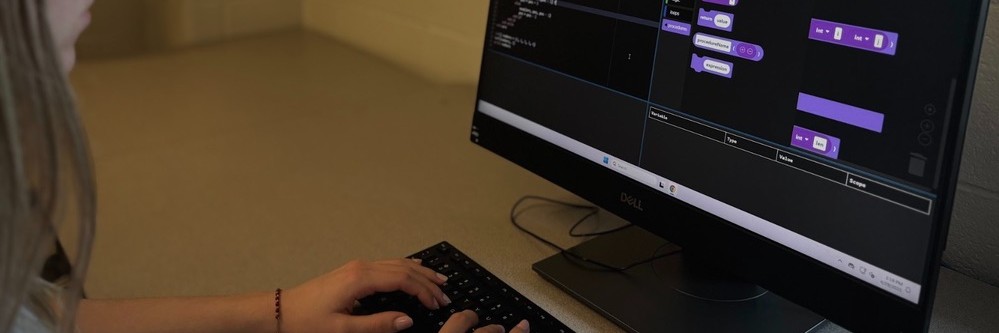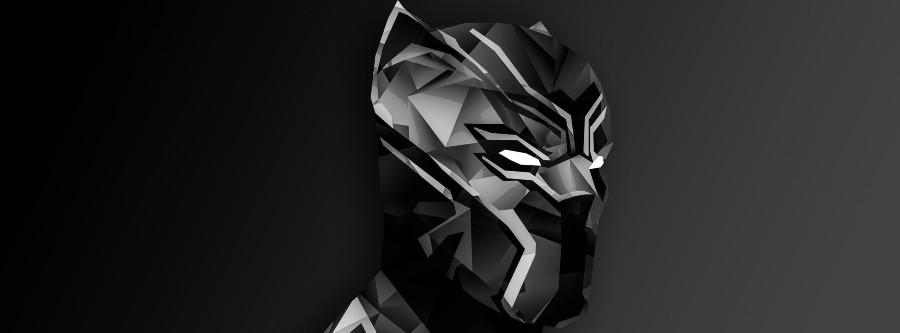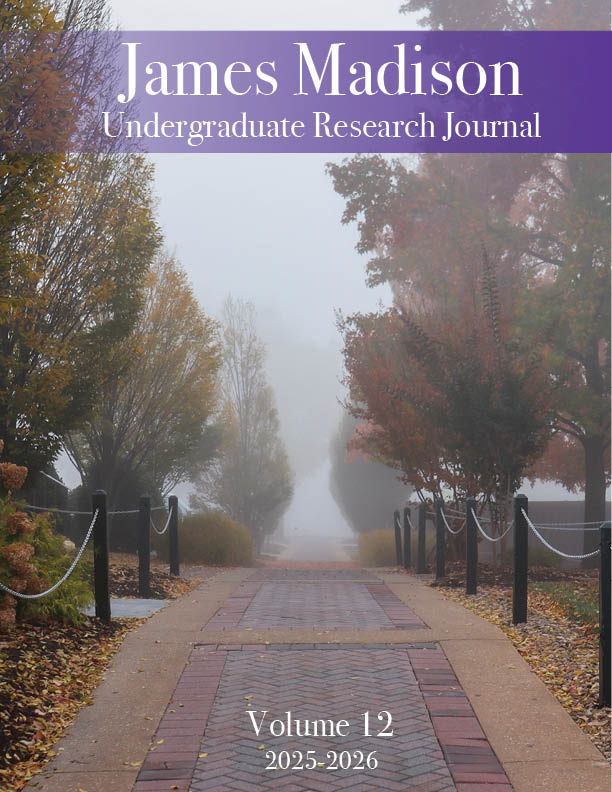Pareidolia and Creative Potential: Exploring Individual Differences in Attention to Pareidolia
Anna Prinz
Psychology
Faces are important stimuli in our environments and elicit a greater attentional response than non-faces. This is also true for pareidolic faces, which are objects in which individuals see features of faces such as eyes and mouths. Creative potential can affect pareidolic processing. Recent studies have found that perceptions of pareidolia occur more often and quickly in individuals with higher creative potential (HCP) compared to individuals with lower creative potential (LCP), which might contribute to greater distractibility for HCP individuals. In the present study, I expected that individuals with HCP would be more distracted by less pareidolic stimuli compared to individuals with LCP, resulting in a slower reaction time. Instead, I found that individuals with HCP were not significantly more distracted by pareidolic faces than individuals with LCP. HCP individuals ability to easily perceive pareidolia may have resulted in higher familiarity with and therefore fewer distractions by these stimuli, resulting in similar reaction times in HCP and LCP participants.
Praxly: An Online IDE for the Praxis CS Test Pseudocode
Benjamin Saupp
Computer Science
Public school computer science teachers at the high school level in the United States must be licensed to teach computer science. The traditional pathway to endorsement is taking 18 credits of computer science courses at a university or earning at least a minor in computer science, which is impractical for most high school teachers already working full-time. Another pathway is taking and passing the Praxis test, which in many states gives teachers an add-on endorsement. The Praxis test uses a pseudocode, an informal representation of code not meant to be a particular language but rather to express an idea. For teachers with limited programming experience, the pseudocode is a challenge beyond the long list of topics required by the test. To address this challenge, I built Praxly, an interactive, web-based integrated development environment that empowers users to read, write, and run the pseudocode used in the Praxis exam. Praxly supports bidirectional synchronization between block-based and text-based editors, allowing users to learn and visualize the code while also offering the efficiency of editing text.
The Inescapable Ideology: How Third Cinema and Afrofuturism Can Change the Future
Daniel Silver
Individualized Study
Ryan Coogler’s Black Panther films brought the genre of Afrofuturism to a mainstream audience. Afrofuturism seeks to reclaim a past that was stolen by Western colonial and imperialist powers; because that past has been erased, it must be imagined in fiction. Afrofuturistic stories are then used to address issues in the present and look towards a better future. This paper examines how those stories are told using the words and symbols of the dominant ideology in society. It uses Althusser’s theory of Ideological State Apparatuses, Gramsci’s concept of cultural hegemony, and Solanas and Getino’s understanding of the Third Cinema movement, which describe filmmaking traditions that use the symbols of the dominant ideology to fight that hegemony. This paper’s analysis of Coogler’s films reveals the tension that comes from working within the system of the dominant ideology and the constraints that using the symbols of hegemony place on the artist.





